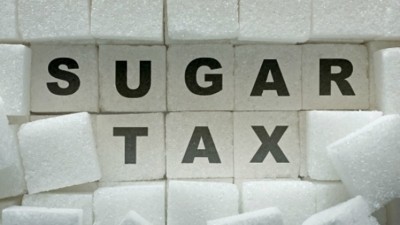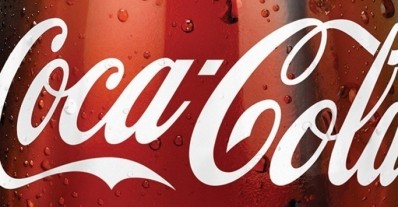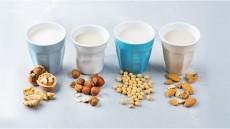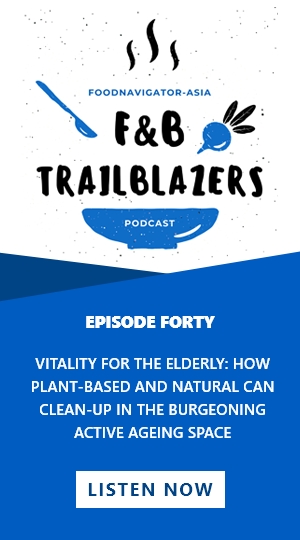Coffee conversion: Nescafe highlights soluble products’ ‘key role’ in recruiting APAC consumers

Nescafe lays claim to being the world’s ‘number one coffee brand’ and the third largest overall non-alcoholic beverage brand.
“As a market leader in the coffee industry, we have a huge footprint and presence in some 180 countries globally,” Nestle Global Head of Coffee Strategic Business Unit Philipp Navratil told FoodNavigator-Asia during a recent coffee-focused press event in Vietnam.
“We see the soluble coffee category as the one with the key role of recruiting consumers [here in the Asia Pacific region] into becoming coffee drinkers – in fact, this has already been done in the United Kingdom and many other markets worldwide.
“There is huge potential here in this region – even with Vietnam being the largest coffee exporter in Asia, large parts of the north are still mostly tea-oriented so coffee consumption here is in fact even lower than places like the United States [despite] its coffee culture being well-known.
“Other countries here such as India and China also still have very low consumption rates at around 22 cups per person per year – this is a number that can definitely be improved.”
The key advantages soluble coffee products such as its Nescafe Gold brand has are convenience and transportability, allowing consumers to easily bring these around and consume in almost any occasion.
“Nestle is largely a master in taking the liquid out of various products and making these into powders – think things like chocolate powders and milk powders, so coffee is another one of those products, based on our technology for soluble coffee powder,” he added.
“The spread of soluble coffee has really be very fast as it is very convenient to transport – this led it to become widespread during war times, and Nescafe was even the first ever coffee brand to reach the top of Mount Everest [because Sir Edmund Hillary] brought it with him.
“So this is definitely a strength, and already we are seeing growth taking place in this region. We are growing very fast especially in emerging markets as these are places where we are essentially creating the market, but at the same time we are also keeping an eye on newer coffee trends such as cold coffee and so on.”
Primary coffee sourcing
Nestle is one of the largest coffee purchasers from producing markets in the world, sourcing some 800,000 MT from more than 20 countries yearly.
Of these, 90% of its coffee is sourced from seven key markets, two of which are based in the Asia Pacific region: Vietnam and Indonesia, apart form Brazil, Mexico, Columbia, Cote d’Ivoire, and Honduras.
“As of 2022, 87% of all our coffee was responsible sourced, which means that the supply chain was clear down to the origin at farmer level,” Navratil added.
“We will be reaching about 93% in 2023, and our aim is to hit 100% responsible sourcing by 2025.
“Right now most consumers know Nescafe as the biggest coffee brand in the world, but not many know us as the most sustainable coffee brand in the world, and we want to be more transparent about this sustainability story in order to help them make that link.”






















